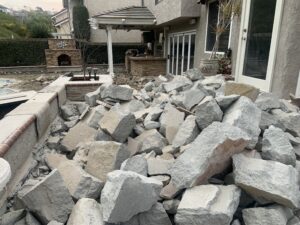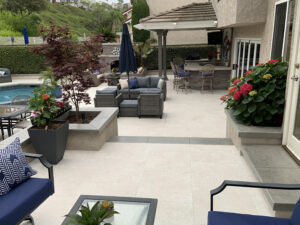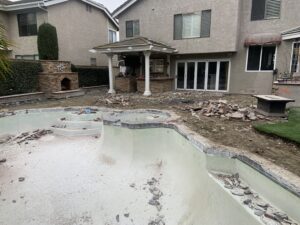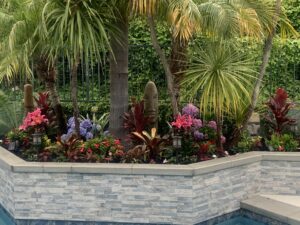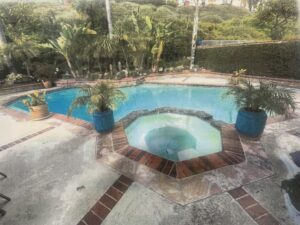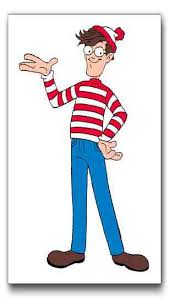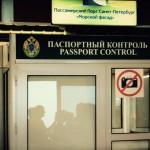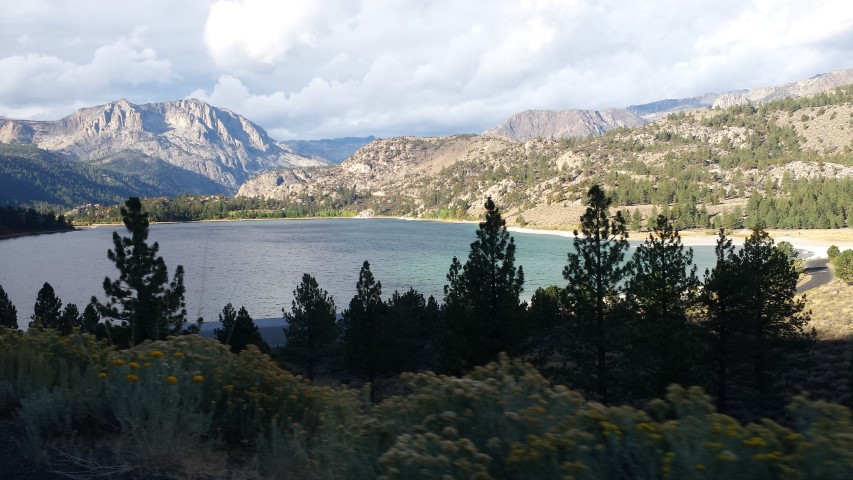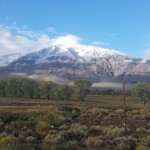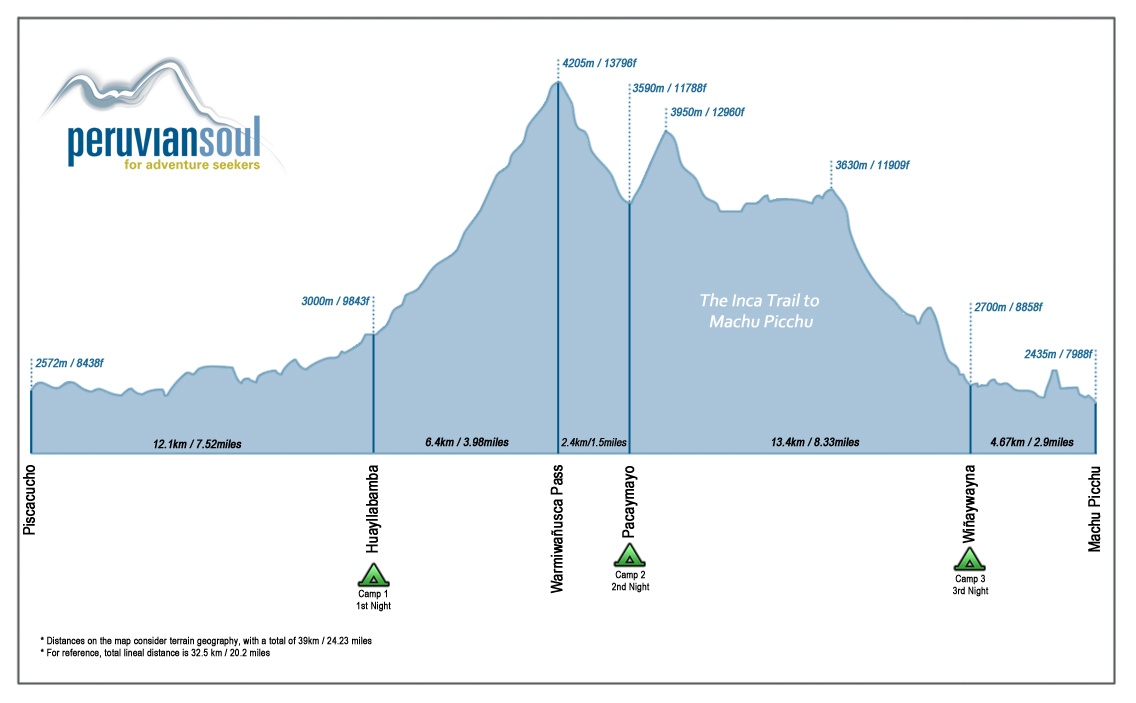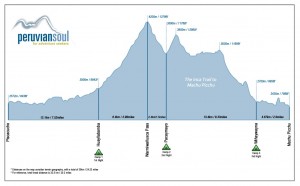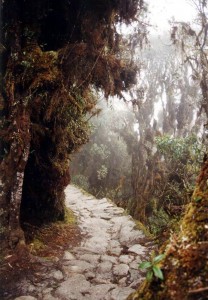by Bob Sparrow
Last weekend part of our neighborhood gathered on Sunday morning at Peters Canyon for the annual ‘Patrick Hike’, which started in the summer of 2022 by neighbor Bob Pacelli. It’s a three-mile hike to honor our neighbor and good friend, Patrick Michael, who passed away way too soon in April of 2021 at the age of 62.
If you ask most of the guys in our neighborhood about Patrick, they would say, “He was my best friend”. And we all felt that way. What a wonderful tribute to an amazing man.
Patrick was born and raised only a few miles from the ‘hood in Villa Park. He went to Villa Park High School and completed his education at Cal Poly Pomona with a degree in Manufacturing & Industrial Engineering. So, he was a very detail-oriented and skilled person, who could fix just about anything and he was always asking a lot of questions (I guess that’s how smart people get and stay smart – I wouldn’t know). But more than that, he was the best friend that anyone could have, and we all felt that he would do anything for us and we would do anything for him – except he could do a lot of things, while the rest of us were fairly inept in the things we could do. There is hardly a friend’s house in our ‘hood that doesn’t have something in it that Pat built, fixed, or redesigned. He just really cared about people and let them know it. What an amazing trait!
Like everyone who knew Patrick, he was a special friend to me. I believe that my close relationship with him started at a neighborhood Christmas party in 2007. At that party, Patrick talked about how he and a friend had just summited Mt. Whitney, the highest mountain in the continental United States at 14,508 feet. A number of fellow neighbors and I expressed an interest in doing that and asked if he would do it again with us. He agreed but reminded us that the hike is up and back from Whitney Portal to the summit in one day, which is about 22 miles, with an elevation gain of over 6,000 feet. Being naive we said, “No problem”, and said we wanted to do it. So, Patrick took on the name, ‘Trail Boss’, and laid out a training schedule for us so that we were ready to summit Mt. Whitney that next summer – and we did.
During our training for Whitney, we hiked several of the local mountains, including Mt. San Antonio (Baldy) several times and Mt. San Jacinto, the mountain that overlooks Palm Springs; both mountains are over 10,000 feet in altitude. Patrick and I also hiked to the top of Half Dome from Yosemite Valley, and although it’s only just under 9,000 feet in altitude, it was probably one of the most beautiful hikes we’d ever been on.
Just last June we passed the 10th anniversary of our most epic hike, in Nepal, a gift from my wife for my 70th birthday. We spent 10 days trekking in the Himalayas, climbing mountain tops, going through small villages, and spending our nights in ‘teahouses’, which are 8-10 room hostels along the trail, which also provided meals. The next year we did a four-day hike on the Inca Trail to Machu Picchu – another epic hike! If you’ve been a long time subscriber to the blog, you’ve probably heard more than you needed to about those hikes.
 Back to the ‘Hood: A delicious post-hike brunch was prepared by the Michael’s next-door neighbors and good friends, Marc & Lisa Webb. The day before the hike I was walking the neighborhood and ran into Marc outside of his house and I stopped to chat a bit. During the conversation, he asked me when our next gig was for the Monday Knights. I told him that I had just retired from the band, and he then insisted that I bring my guitar to the brunch and get the neighborhood to sing some songs. I initially refused, but Marc wouldn’t take ‘No’ for an answer, and the calluses hadn’t worn off my fingers yet, so I agreed. The neighbors seemed to enjoy singing along to some old favorites.
Back to the ‘Hood: A delicious post-hike brunch was prepared by the Michael’s next-door neighbors and good friends, Marc & Lisa Webb. The day before the hike I was walking the neighborhood and ran into Marc outside of his house and I stopped to chat a bit. During the conversation, he asked me when our next gig was for the Monday Knights. I told him that I had just retired from the band, and he then insisted that I bring my guitar to the brunch and get the neighborhood to sing some songs. I initially refused, but Marc wouldn’t take ‘No’ for an answer, and the calluses hadn’t worn off my fingers yet, so I agreed. The neighbors seemed to enjoy singing along to some old favorites.
The passing of Patrick and the passing of time, have unfortunately limited my hiking to a few miles around the neighborhood, but together Patrick and I created some amazing memories that I will cherish forever.


